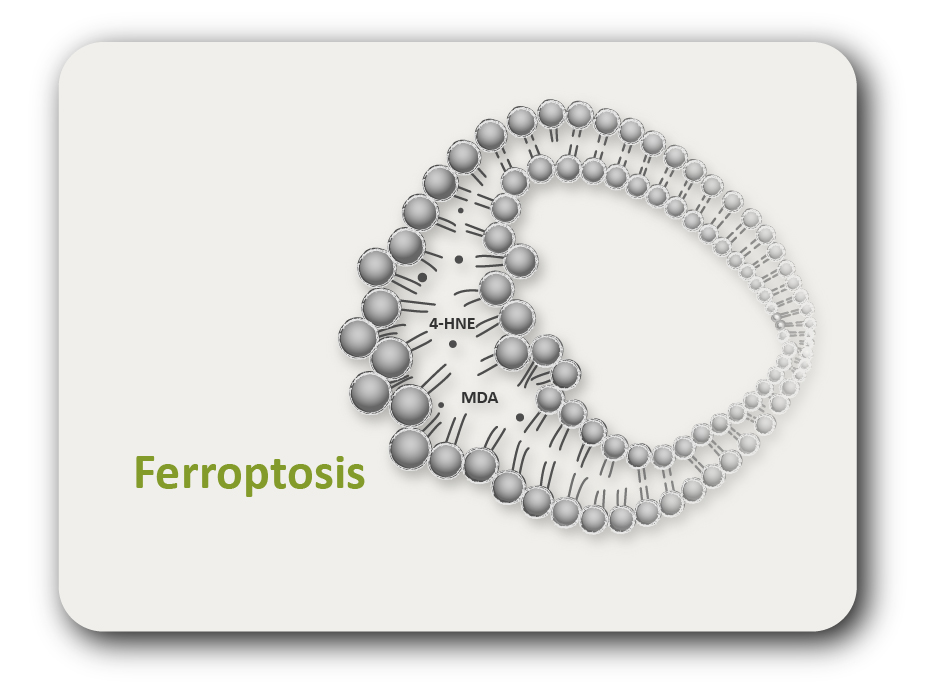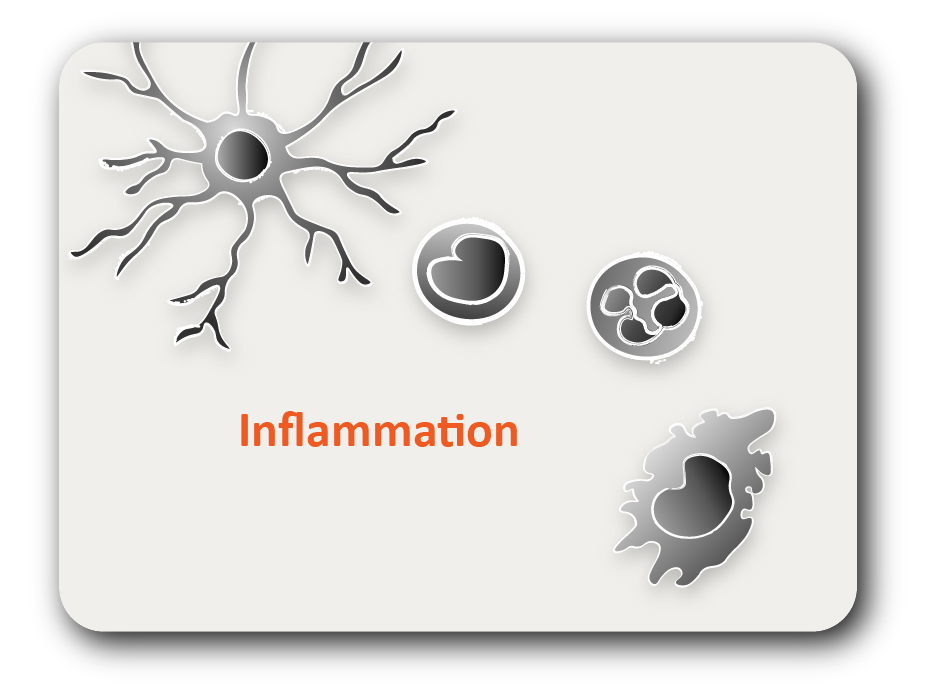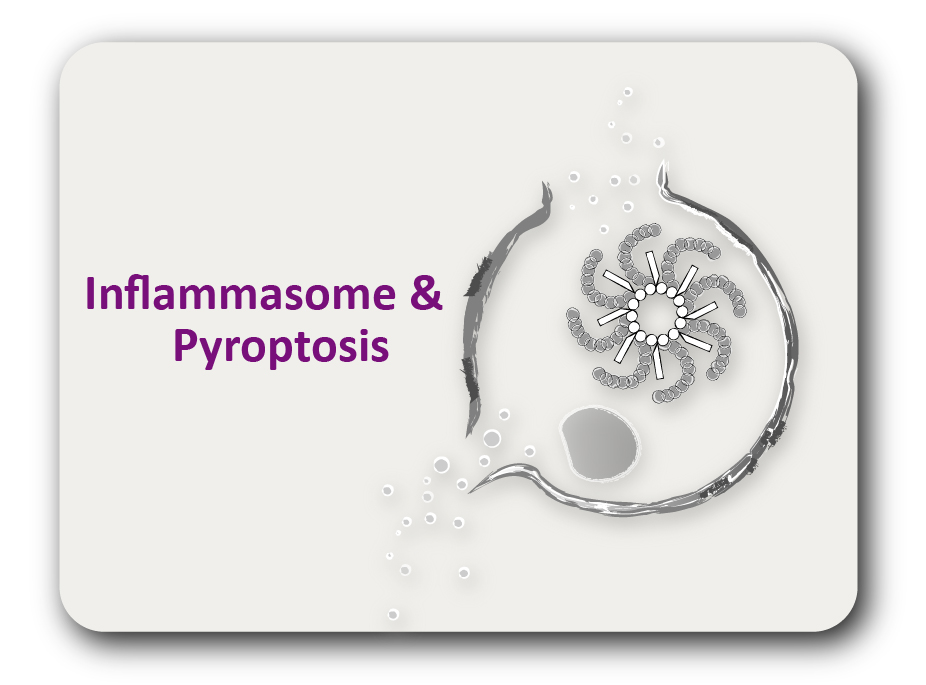ARG70366
Human Midkine recombinant protein (Active) (Tag free)
Human Midkine recombinant protein (Active) (Tag free) for Functional study,SDS-PAGE and Human
Overview
| Product Description | E. coli expressed Active Human Midkine recombinant protein |
|---|---|
| Tested Reactivity | Hu |
| Predict Reactivity | Ms, Pig, Shark |
| Tested Application | FuncSt, SDS-PAGE |
| Target Name | Midkine |
| Species | Human |
| A.A. Sequence | VAKKK DKVKK GGPGS ECAEW AWGPC TPSSK DCGVG FREGT CGAQT QRIRC RVPCN WKKEF GADCK YKFEN WGACD GGTGT KVRQG TLKKA RYNAQ CQETI RVTKP CTPKT KAKAK AKKGK GKD |
| Expression System | E. coli |
| Protein Full Name | Midkine |
| Activity | Active |
| Activity Note | Determined by its ability to chemoattract human neutrophils using a concentration range of 0.1-10.0 ng/ml. |
| Alternate Names | MDK; Midkine; MK; ARAP; NEGF2; MK1; Amphiregulin-associated protein; Midgestation and kidney protein; Neurite outgrowth-promoting factor 2; Neurite outgrowth-promoting protein |
Application Instructions
| Observed Size | 13.4 kDa |
|---|
Properties
| Form | Powder |
|---|---|
| Purification | Affinity purified. |
| Purity | ≥ 98% by SDS-PAGE gel and HPLC analyses |
| Storage Instruction | For long term, lyophilized protein should be stored at -20°C or -80°C. After reconstitution, aliquot and store at -20°C or -80°C for up to one month. Storage in frost free freezers is not recommended. Avoid repeated freeze/thaw cycles. Suggest spin the vial prior to opening. |
| Note | For laboratory research only, not for drug, diagnostic or other use. |
Bioinformation
| Gene Symbol | MDK |
|---|---|
| Gene Full Name | midkine |
| Background | This gene encodes a member of a small family of secreted growth factors that binds heparin and responds to retinoic acid. The encoded protein promotes cell growth, migration, and angiogenesis, in particular during tumorigenesis. This gene has been targeted as a therapeutic for a variety of different disorders. Alternatively spliced transcript variants encoding multiple isoforms have been observed. [provided by RefSeq, Jul 2012] |
| Function | Secreted protein that functions as cytokine and growth factor and mediates its signal through cell-surface proteoglycan and non-proteoglycan receptors.
Binds cell-surface proteoglycan receptors via their chondroitin sulfate (CS) groups. Thereby regulates many processes like inflammatory response, cell proliferation, cell adhesion, cell growth, cell survival, tissue regeneration, cell differentiation and cell migration. Participates in inflammatory processes by exerting two different activities. Firstly, mediates neutrophils and macrophages recruitment to the sites of inflammation both by direct action by cooperating namely with ITGB2 via LRP1 and by inducing chemokine expression. This inflammation can be accompanied by epithelial cell survival and smooth muscle cell migration after renal and vessel damage, respectively. Secondly, suppresses the development of tolerogenic dendric cells thereby inhibiting the differentiation of regulatory T cells and also promoting T cell expansion through NFAT signaling and Th1 cell differentiation. Promotes tissue regeneration after injury or trauma. After heart damage negatively regulates the recruitment of inflammatory cells and mediates cell survival through activation of anti-apoptotic signaling pathways via MAPKs and AKT pathways through the activation of angiogenesis (By similarity). [Provide by uniprot] |
| Cellular Localization | Secreted |
| Calculated MW | 15.6 kDa (full-length). 13.4 kDa (mature) |
| PTM | Disulfide bond |





